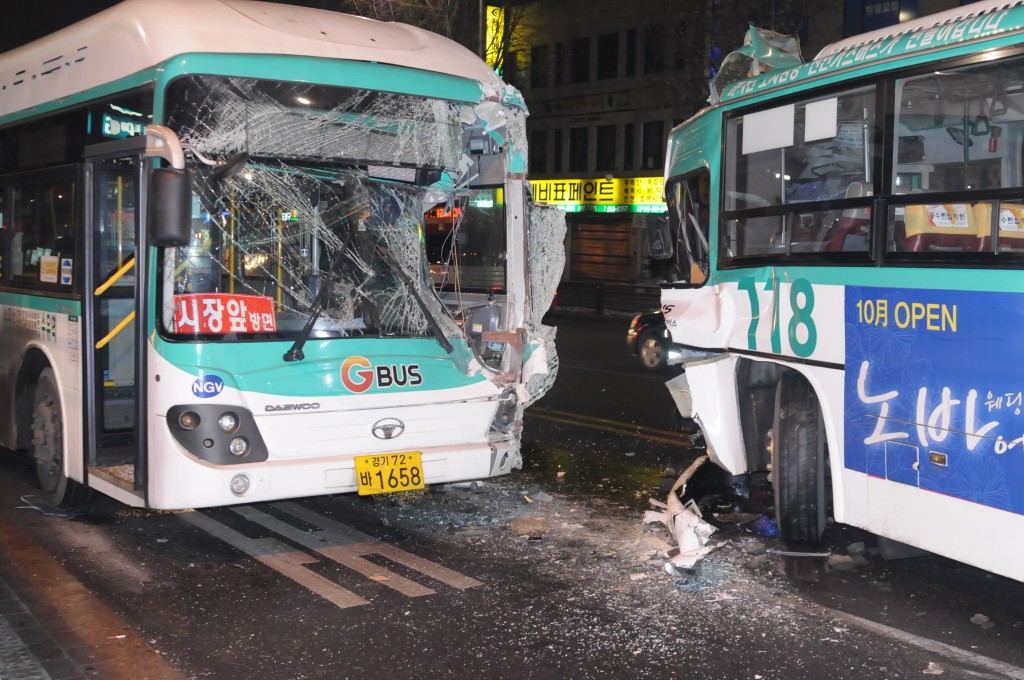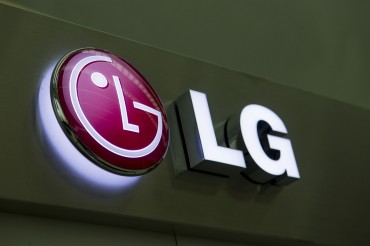
As car accidents caused by sleepy drivers increase during the spring and summer, the ministry’s timely measure to curb drowsy driving is expected to significantly improve road safety. (Image: Wikimedia Commons)
SEOUL, April 25 (Korea Bizwire) – The South Korean government is making it mandatory for large vehicles to be equipped with a lane departure warning system (LDWS) as part of a nationwide effort to improve road safety, a regulation that will take effect in July.
The Ministry of Land, Infrastructure, and Transport (MOLIT) announced plans to reform road safety laws yesterday, adding the stipulation that LDWS will be mandatory on all buses more than 11 meters in length and trucks carrying a load upward of 20 tons.
Using the same mechanism as rear view cameras, LDWS technology alerts drivers through alarms and/or seat belt vibrations when the vehicle strays from its lane without knowledge of the driver’s intent.
While the proposed reforms will see all vehicles for passenger transport and shipping services affected include LDWS from 2018, owners of the estimated 130,000 to 150,000 vehicles without a LDWS will be required to install the warning system, with a fine of one million proposed to take effect in 2020.
“Since large vehicles can carry a considerable number of people, accidents involving buses or trucks often lead to heavy casualties. With the newly proposed reforms, large business vehicles will be operated more safely,” a MOLIT official said.
Since road safety law reforms related to buses and trucks were passed in January and February, anyone driving an intra-city bus is required to take a 30-minute break after four hours of driving, while intercity bus drivers are only allowed to drive for up to 3 hours without a break.
Truck drivers who drive for four hours in a row are guaranteed a 30-minute break.
More than 5,000 car accidents were the result of drowsy driving last year, with nearly 38 percent leading to road departure, according to the research affiliate of Hyundai Marine & Fire Insurance.
Compared to other types of car accidents, those caused by drowsy driving are thought to have a risk of death that is five times higher.
As car accidents caused by sleepy drivers increase during the spring and summer, the ministry’s timely measure to curb drowsy driving is expected to significantly improve road safety.
Hyunsu Yim (hyunsu@koreabizwire.com)






